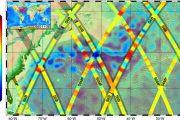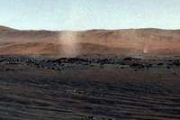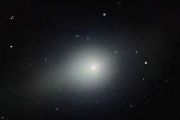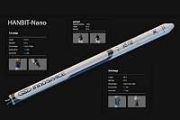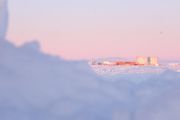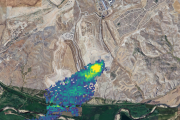
Copernical Team
First solar eclipse of 2022 seen across South America, Antarctica
 The first solar eclipse of the year took place Saturday and was viewable from parts of South America and Antarctica.
A live stream of the partial solar eclipse began at 3:30 p.m. EDT and ended when the sun sunk below the horizon.
"If skies are clear, this eclipse is visible from South America, parts of Antarctica, and over the Pacific and Atlantic Oceans," according to TimeandDat
The first solar eclipse of the year took place Saturday and was viewable from parts of South America and Antarctica.
A live stream of the partial solar eclipse began at 3:30 p.m. EDT and ended when the sun sunk below the horizon.
"If skies are clear, this eclipse is visible from South America, parts of Antarctica, and over the Pacific and Atlantic Oceans," according to TimeandDat Juno captures moon shadow on Jupiter
 NASA's Juno spacecraft captured this view of Jupiter during the mission's 40th close pass by the giant planet on Feb. 25, 2022. The large, dark shadow on the left side of the image was cast by Jupiter's moon Ganymede.
Citizen scientist Thomas Thomopoulos created this enhanced-color image using raw data from the JunoCam instrument (Figure A). At the time the raw image was taken, the Juno sp
NASA's Juno spacecraft captured this view of Jupiter during the mission's 40th close pass by the giant planet on Feb. 25, 2022. The large, dark shadow on the left side of the image was cast by Jupiter's moon Ganymede.
Citizen scientist Thomas Thomopoulos created this enhanced-color image using raw data from the JunoCam instrument (Figure A). At the time the raw image was taken, the Juno sp Booming fireball spotted in the skies above 3 states this week, NASA says
 A loud boom and a fireball streaking across the sky. That's the sight that dozens of people across three states saw this week, scientists said.
The startling fireball was spotted on Wednesday morning by people in Arkansas, Louisiana and Mississippi. NASA says the streaking object was a "boldie" - or a bright meteorite.
The meteor was seen by more than 30 people, some of whom als
A loud boom and a fireball streaking across the sky. That's the sight that dozens of people across three states saw this week, scientists said.
The startling fireball was spotted on Wednesday morning by people in Arkansas, Louisiana and Mississippi. NASA says the streaking object was a "boldie" - or a bright meteorite.
The meteor was seen by more than 30 people, some of whom als NASA chooses small businesses to continue exploration tech development
 NASA's Small Business Innovation Research (SBIR) program has chosen 110 U.S. small businesses for continued technology development. The range of projects support space exploration and improvements to life on Earth - from foldable solar array technology that could help power astronauts' work on the Moon to antenna technology that could improve satellite internet service.
NASA's SBIR program
NASA's Small Business Innovation Research (SBIR) program has chosen 110 U.S. small businesses for continued technology development. The range of projects support space exploration and improvements to life on Earth - from foldable solar array technology that could help power astronauts' work on the Moon to antenna technology that could improve satellite internet service.
NASA's SBIR program FAA delays SpaceX Starship environmental review for 4th time
 The Federal Aviation Administration announced Friday that it has delayed its environmental review of SpaceX's Starship launch site in Texas for a fourth time.
The review was initially supposed to be completed Dec. 31, 2021. It was pushed back to Feb. 28, then March 28, then April 29, before the latest date - May 31.
"The FAA is working toward issuing the final Programmatic Envir
The Federal Aviation Administration announced Friday that it has delayed its environmental review of SpaceX's Starship launch site in Texas for a fourth time.
The review was initially supposed to be completed Dec. 31, 2021. It was pushed back to Feb. 28, then March 28, then April 29, before the latest date - May 31.
"The FAA is working toward issuing the final Programmatic Envir SpaceX launches more Starlink satellites from Florida
 Space X launched another batch of Starlink satellites into orbit late Friday afternoon. A Falcon 9 rocket carried 53 satellites into space from Cape Canaveral Space Force Station's Launch Complex 40.
The launch took place as scheduled at 5:27 p.m., with the reusable first-stage rocket landing on the Just Read the Instructions drone ship at 5:36 p.m. It was the booster's second flight in 21
Space X launched another batch of Starlink satellites into orbit late Friday afternoon. A Falcon 9 rocket carried 53 satellites into space from Cape Canaveral Space Force Station's Launch Complex 40.
The launch took place as scheduled at 5:27 p.m., with the reusable first-stage rocket landing on the Just Read the Instructions drone ship at 5:36 p.m. It was the booster's second flight in 21 China launches multiple satellites
 China successfully sent two satellites into space from the Jiuquan Satellite Launch Center in Northwest China on Friday.
The satellites, Siwei 01 and 02, were launched by a Long March 2C carrier rocket at 12:11 pm (Beijing Time) and have entered the planned orbit.
They will provide commercial remote sensing data services for industries including surveying and mapping, environmental p
China successfully sent two satellites into space from the Jiuquan Satellite Launch Center in Northwest China on Friday.
The satellites, Siwei 01 and 02, were launched by a Long March 2C carrier rocket at 12:11 pm (Beijing Time) and have entered the planned orbit.
They will provide commercial remote sensing data services for industries including surveying and mapping, environmental p Rocket Lab pushes back attempt of mid-air booster catch to Sunday
 Citing weather concerns, Rocket Lab pushed back its 26th launch Friday with plans to attempt to recover a first-stage booster with a helicopter on Sunday.
"The weather has improved through the week, but the forecast is showing the best wind and cloud cover conditions a few days from now, so we're targeting no earlier than 1 May ... for launch," the California-based aerospace company said.
Citing weather concerns, Rocket Lab pushed back its 26th launch Friday with plans to attempt to recover a first-stage booster with a helicopter on Sunday.
"The weather has improved through the week, but the forecast is showing the best wind and cloud cover conditions a few days from now, so we're targeting no earlier than 1 May ... for launch," the California-based aerospace company said. 50 years on, Apollo 16 moonwalker still 'excited' by space
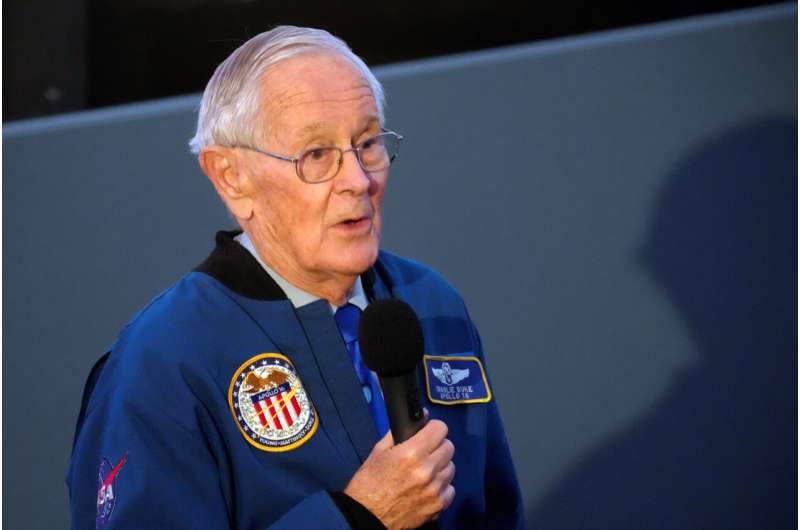
Fifty years after his Apollo 16 mission to the moon, retired NASA astronaut Charlie Duke says he's ready for the U.S. to get back to lunar exploration.
Part of that effort, Duke said Friday, will come in the form of the Artemis program, which includes NASA's upcoming flight to the moon using its new Space Launch System rocket.
Blasting Earth's location out to potential aliens is a controversial idea. Two teams of scientists are doing it anyway
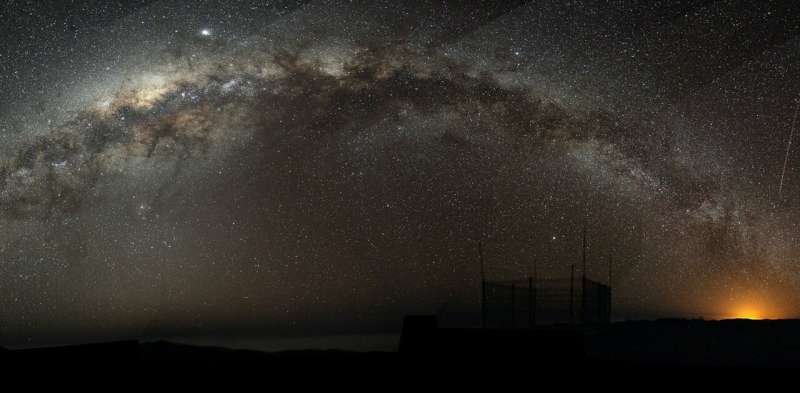
If a person is lost in the wilderness, they have two options. They can search for civilization, or they could make themselves easy to spot by building a fire or writing HELP in big letters. For scientists interested in the question of whether intelligent aliens exist, the options are much the same.
For over 70 years, astronomers have been scanning for radio or optical signals from other civilizations in the search for extraterrestrial intelligence, called SETI. Most scientists are confident that life exists on many of the 300 million potentially habitable worlds in the Milky Way galaxy.






